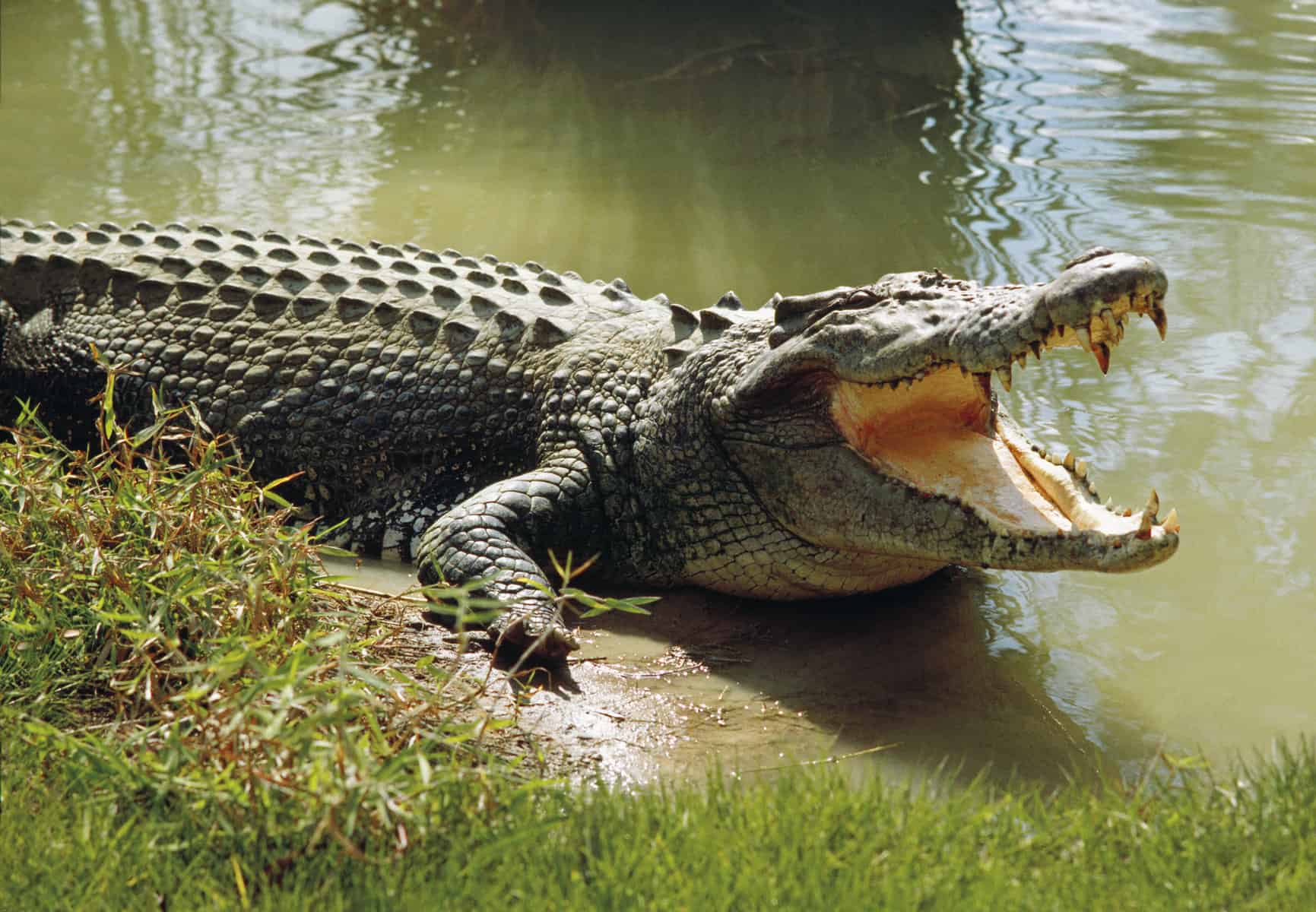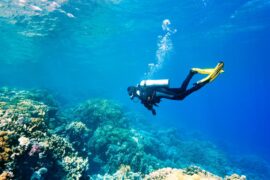Understanding Saltwater Crocs: A Parent’s Guide to These Fascinating Reptiles
Hello, incredible parents! Are you ready to dive into the mesmerizing world of one of Earth’s most magnificent creatures? The saltwater crocodile, often referred to simply as ‘salty’ by those familiar with these giants, is a reptile shrouded in both awe and mystery. Get your explorer’s hat on, as we’re about to embark on an exciting journey to understand these ancient creatures together – safely and from the comfort of our homes, of course!
What Makes Saltwater Crocs So Special?
Raising kids is all about nurturing curiosity and respect for all living things. And the saltwater crocodile (Crocodylus porosus) is a creature that certainly commands respect. As the largest of all living reptiles, parents and kids alike can be fascinated by the sheer size and power of these animals. Their resilience and adaptability have allowed them to thrive for millions of years – long before we humans walked the Earth!
Habitat and Distribution
Understanding an animal’s habitat is key to understanding the animal itself. Saltwater crocodiles, despite their name, are not limited to saltwater. They’re quite the adaptable species, found in marine environments, estuaries, and even freshwater rivers. These impressive reptiles can be found across the coasts of Southeast Asia, stretching down and through Australia’s northern regions. Global-minded kids will love pinpointing their locations on a map!
Diet and Behavior
It’s dinner time in the crocodile world! What’s on the menu for a saltwater croc? They’re not picky eaters! With an appetite as grand as their size, these predators feast on everything from fish and birds to mammals that stray too close to the water’s edge. For older children interested in biology and the food chain, observing croc feeding habits can be an insightful look at the role apex predators play in their ecosystems.
The Life of a Saltwater Croc
Let’s talk lifecycle! From adorable hatchlings to dominant adults, saltwater crocs go through a fascinating growth process. Their early years are fraught with danger, but if they survive to adulthood, they lead quite the commanding presence. It’s an excellent lesson for children on growth, survival, and the circle of life.
Safety and Conservation
Now, we love learning about these creatures, but it’s equally important to discuss safety and conservation. As top predators, saltwater crocodiles have no natural enemies except for humans. It’s vital, especially when visiting their habitats, to follow safety guidelines to avoid unfortunate encounters. Moreover, teaching kids about conservation efforts helps instill a sense of responsibility for our planet’s wildlife.
Speaking of conservation, it’s a happy note that, thanks to the efforts of conservationists, these magnificent creatures have moved from endangered to a lower risk category. This success story shows our children the power of environmental stewardship and gives us all hope for the future of other endangered species.
Are you ready for more thrilling facts and practical tips on coexisting with saltwater crocodiles? There’s so much more to learn about their behavior, how to spot them in the wild, and what to do to ensure we keep both our families and these remarkable reptiles safe.
Stay tuned as we continue this adventure in understanding saltwater crocs, and remember, knowledge is the key to respect and coexistence in the natural world!

5 Essential Things Parents Should Know about Saltwater Crocs
1. Identification is Key
Before setting out on any wildlife adventure with your family, it’s crucial to be able to identify a saltwater crocodile. They can grow up to 7 meters in length and often have a broader snout compared to their freshwater counterparts. Their bumpy skin, which ranges from pale yellow-green to grey, also sets them apart. Equip your little ones with these tidbits so they can spot a ‘salty’ from a safe distance!
2. Understand their Territory
These crocs are territorial by nature, especially during the breeding season. It’s important to respect their space and avoid areas where they’re known to nest. Parents should teach kids the importance of being vigilant near water bodies in croc habitats and always stick to designated paths and lookout points when in national parks or reserves.
3. Supervise Water Play
No matter how serene a waterway may look, never let your guard down if you are in or near a saltwater crocodile habitat. Always supervise children closely when they’re playing in or near water, and opt for swimming in designated safe swimming areas only. Education about the potential dangers and strict water safety can prevent potential tragedies.
4. Camping Considerations
For the family who loves to camp, being ‘crocwise’ is a must. When setting up camp, do it at least 50 meters away from the water’s edge. Also, avoid cleaning fish or discarding food scraps near the water, as it can attract crocodiles. Educate your children on keeping food secured and cleaning up thoroughly to keep wild visitors at bay.
5. Engagement with Conservation
For those little hearts that care deeply for animals, getting involved with local conservation efforts can be a profound experience. Many organizations offer ways for families to learn about and contribute to the well-being of saltwater crocodiles. Whether it’s adopting a croc, participating in community education programs, or supporting habitat protection initiatives, these activities emphasize the essence of living in harmony with nature.
Spotting Saltwater Crocs in the Wild
When on an adventure in ‘croc country’, remember saltwater crocodiles can be quite stealthy. They often lie motionless in the water or bask on the bank, perfectly camouflaged. Spotting them requires patience, keen eyes, and adherence to safety guidelines. Binoculars can be a fantastic tool for your mini-explorers to observe these creatures from a safe distance without disturbing them. Let’s foster a love for wildlife by being respectful ‘spotters’!
What to Do in a Croc Encounter
If you ever find yourself in an unexpected encounter with a saltwater croc, it’s essential to remain calm and back away slowly, keeping your eyes on the animal. Do not run or make sudden movements, as this may trigger a chase. As frightening as an encounter might be, understanding and preparing for such situations can keep your family safe and minimize risk.
Armed with knowledge and a thirst for discovery, we hope you feel more prepared than ever to embark on a family adventure, understanding not just the incredible saltwater crocs, but acknowledging how we can all exist together on this beautiful planet. Dive deep into the habitats and habits of these ancient animals and foster a lifelong love for nature in your kiddos!
For more great fun click here. For more information see here
Disclaimer
The articles available via our website provide general information only and we strongly urge readers to exercise caution and conduct their own thorough research and fact-checking. The information presented should not be taken as absolute truth, and, to the maximum extent permitted by law, we will not be held liable for any inaccuracies or errors in the content. It is essential for individuals to independently verify and validate the information before making any decisions or taking any actions based on the articles.




